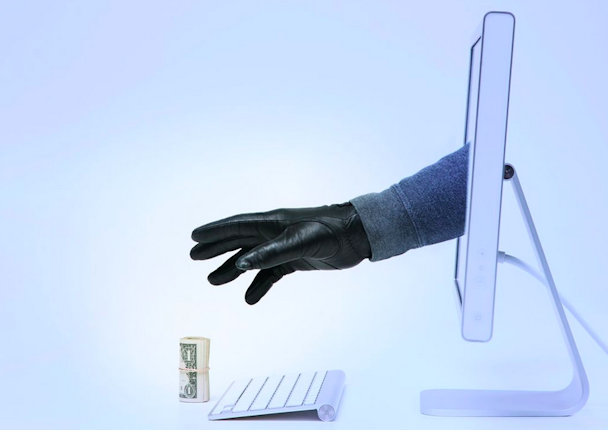‘Bots are constantly evolving, getting smarter, and becoming harder to detect’
A myriad of reports into the financial impact of online ad fraud are available to almost anyone who researches the subject on the web, with a more drastic scenario claiming it will cost advertisers up to $50bn a year by 2025.

eZanga's Anura division claims to offer advertisers more assuring against fraud by employing human moderation
Rich Kahn, chief executive officer of eZanga, believes that one of the key reasons for this is that most anti-fraud solutions focus on arbitrary metrics to identify what is, and is not fraudulent, viewable, non-human traffic.
“As advertisers continue to spend more in digital advertising, fraudsters continue to get smarter to get in on a cut of the action. One of the big driving issues with this is that people are relying on third-party filters that come up with metrics in order to identify fraud – Is this ad viewable? Is this considered non-human traffic? – but they’ve proven to be beaten (notably Methbot, for example),” he argues.
The industry’s clamber for standardization in its attempts to tackle issues such as viewability and (ironically) fraud, are allowing fraudsters to siphon off funds from the otherwise legitimate media industry.
“What happens in this situation is that the advertiser is using a system that says ‘this ad is viewable’ and the publisher on the other side of the traffic is using the same solution, deeming that ad ‘viewable’,” argues Kahn.
“The fraudsters sit behind the scenes and fake viewability, while both the advertiser and the publisher accept traffic they believe is real. Meanwhile, the fraudster is collecting their money because the third party isn’t picking up the fact that the this traffic is not viewable.”
To address this issue eZanga is introducing its own solution to the online ad fraud quandary with the launch of Anura, a division of the company that offers a client dashboard advertisers can then use to isolate good traffic from the bad, by validating the user as opposed to how it interacts with an ad.
Kahn reports that Anura was developed after advertisers reported that their existing anti-fraud tools were failing to perform. “We constantly had clients coming to us to tell us that their third-party filters didn’t line up with their performance metrics, and that something wasn’t quite right,” he says, adding that his outfit is unique in that it is one of the only companies that has bought, and sold, traffic to offer such a solution.
“We had no choice but to build our own ad fraud solution because no other technology was able to provide a solution that made our clients happy,” he adds.
During beta-testing of Anura one of the common problems identified by eZanga were discrepancy rates of “20-30% between each filter [anti-fraud solution],” according to Kahn, pointing out that this is because “each filter looks at things differently.”
Combine this with the constantly evolving maturity of fraudsters’ tactics, whereby they employ a combination of software and human intervention to game the system, and it means that advertisers must constantly remain vigilant.
Kahn’s solution is to identify “the heuristics of the actual user” in or order to establish what traffic is real and what is fake. This involves “employing many different designs on the backend”, which Kahn states will make Anura “nimble enough to stay ahead of fraudsters”, adding that upcoming updates to the platform will make it future-proof.
The launch of Anura follows multiple moves to clean up the online advertising space in the US, with the IAB-led Trustworthy Accountability Group (TAG) pursuing a payment ID system (note Anura is not participant in this scheme) which it hopes will help prevent organized crime elements from continuing to siphon money off from the industry.
Meanwhile, an eMarketer survey of advertisers' top concerns last year showed that click fraud topped the concerns of those on both the agency and marketer-sides of the industry (see chart below).

